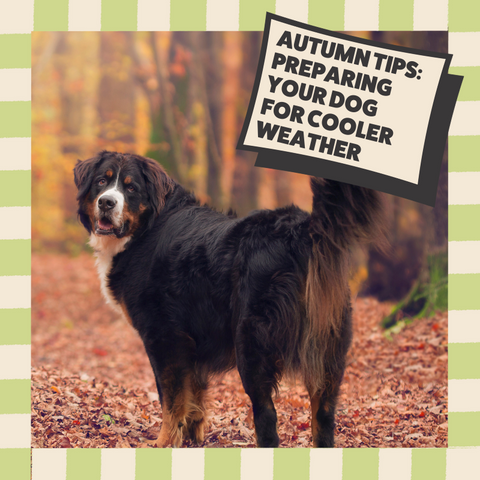How to Choose the Right Dog Food Based on Your Dog’s Age, Size, and Activity Level
|
Choosing the right dog food is crucial to ensure your furry friend stays healthy and happy. Your dog’s age, size, and activity level significantly influence their nutritional needs.
Here’s a quick guide to help you select the best food for your canine companion.
Understanding Nutritional Needs by Age
Puppies:
Puppies are in a growth phase and require food that is high in calories, protein, and essential nutrients like DHA (docosahexaenoic acid) to support brain development. Look for puppy-specific formulas that provide balanced nutrition to support their rapid growth and high energy levels.
Adult Dogs:
Adult dogs have different nutritional requirements than puppies. They need a diet that maintains their weight and health without the excess calories that could lead to obesity. Look for adult dog food that provides a balanced mix of protein, fat, and carbohydrates, along with vitamins and minerals to keep them healthy and active.
Senior Dogs:
As dogs age, their metabolism slows down, and they become less active. Senior dog food typically has fewer calories and higher fibre content to help with digestion. It also includes nutrients like glucosamine and chondroitin to support joint health. Look for senior formulas that cater to the specific health issues older dogs might face, such as arthritis or decreased kidney function.

Tailoring Food to Your Dog’s Size
Small Breeds:
Small breed dogs have fast metabolisms and often require more calories per pound of body weight compared to larger breeds. Choose a small breed dog food that is nutrient-dense and comes in smaller kibble sizes for easier chewing and digestion. These foods often have higher protein and fat content to meet the energy needs of small dogs.

Medium Breeds:
Medium breed dogs fall somewhere in between and typically do well on standard adult dog food. Ensure the food is well-balanced and provides all necessary nutrients. Monitor their weight and adjust portion sizes as needed to maintain a healthy body condition.
Large Breeds:
Large breed dogs are prone to joint issues and may benefit from food that includes glucosamine and chondroitin. Large breed formulas often have controlled calorie levels to prevent rapid growth in puppies, which can lead to skeletal problems. Look for foods with large kibble sizes to encourage slower eating and better digestion.T
Adjusting for Activity Level
Low Activity:
Dogs with a sedentary lifestyle or lower activity levels need fewer calories to maintain a healthy weight. Choose a dog food labelled as “light” or “low-calorie” to prevent obesity. These foods often have higher fibre content to help your dog feel full without consuming excess calories.
Moderate Activity:
Most adult dogs with a moderate activity level do well on standard adult dog food. Ensure the food provides balanced nutrition and adjust the portion size based on your dog’s weight and energy expenditure. Regular exercise is also essential to keep your dog healthy and happy.
High Activity:
Active dogs, such as working dogs or those involved in sports, require more calories and higher protein levels to sustain their energy. Look for performance or high-energy formulas that provide the extra nutrients needed for their demanding lifestyle. These foods help maintain muscle mass and provide the stamina required for their activities.

Key Considerations When Choosing Dog Food
- Quality Ingredients: Look for dog food with high-quality protein sources listed as the first ingredient. Avoid foods with fillers like corn, wheat, and soy.
- Specific Health Needs: If your dog has any specific health issues, such as allergies, consult with your vet to choose a food that addresses these needs.
Conclusion
Choosing the right dog food based on your dog’s age, size, and activity level is essential for their overall health and well-being. By understanding their specific nutritional requirements, you can provide a diet that supports their growth, maintains their health, and enhances their quality of life. Always consult with your vet for personalised recommendations and regularly monitor your dog’s condition to make necessary dietary adjustments.







